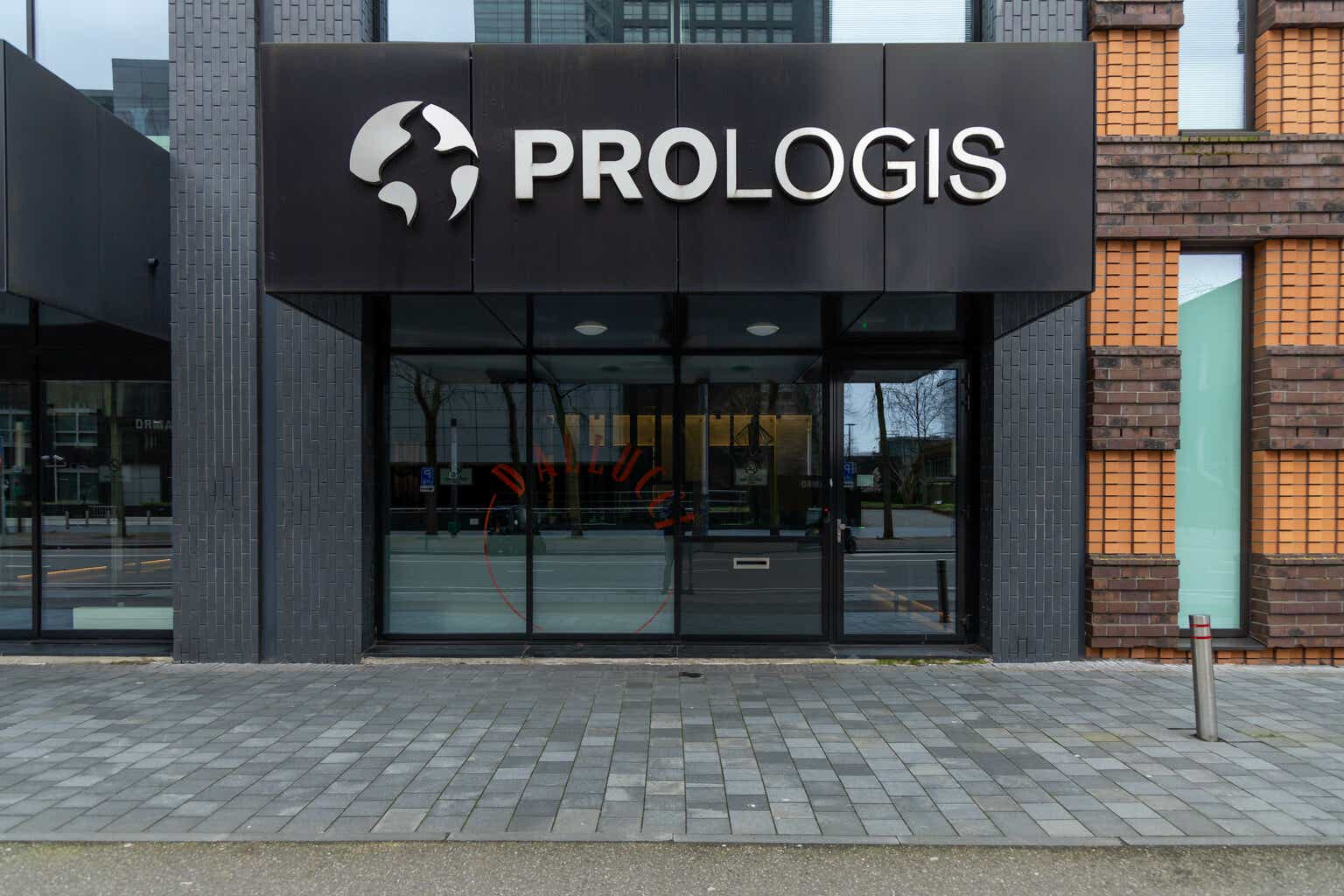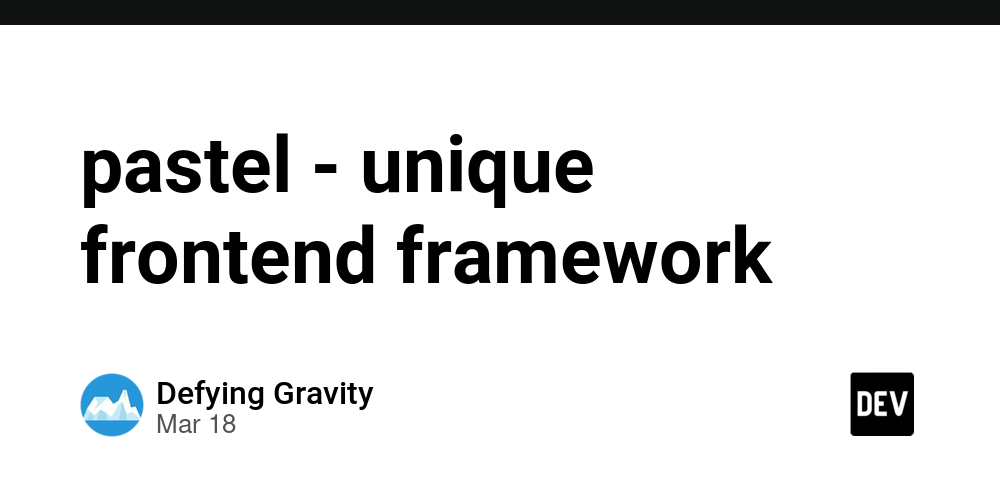"Unlocking Neural Networks: Innovative Testing and Smart Contract Upgrades"
In a world where artificial intelligence and blockchain technology are rapidly evolving, the intersection of these two domains presents both exciting opportunities and daunting challenges. Have you ever wondered how we can ensure that neural networks perform flawlessly in real-world applications? Or how smart contracts can be upgraded without compromising their integrity? As developers and innovators, we often grapple with the complexities of testing AI systems while navigating the intricacies of decentralized contracts. This blog post is your gateway to unlocking the secrets behind effective neural network testing and seamless smart contract upgrades. We will explore innovative techniques that not only enhance performance but also bolster reliability in AI development. By delving into essential concepts like understanding neural networks basics, recognizing the critical role of rigorous testing, and discovering future trends at this dynamic crossroads, you'll gain invaluable insights that empower you to tackle common pitfalls head-on. Join us on this journey as we unravel strategies designed for forward-thinking technologists eager to harness cutting-edge advancements in both fields—because mastering these elements could very well define your success in tomorrow's tech landscape! Understanding Neural Networks Basics Neural networks are computational models inspired by the human brain, designed to recognize patterns and make decisions based on input data. They consist of interconnected layers of nodes or neurons that process information through weighted connections. The fundamental building blocks include input layers, hidden layers, and output layers. Each neuron applies an activation function to its inputs, determining whether it should be activated or not. Key Components of Neural Networks Weights and Biases: Weights adjust the strength of the connection between neurons while biases allow for shifting the activation function. Activation Functions: These functions introduce non-linearity into the model, enabling neural networks to learn complex relationships in data. Training Process: This involves feeding labeled datasets into the network and adjusting weights using algorithms like backpropagation to minimize error rates. Understanding these basics is crucial as they form the foundation for more advanced topics such as deep learning architectures and their applications across various fields including image classification, natural language processing, and autonomous systems. The Importance of Testing in AI Development Testing is a critical component in the development of artificial intelligence, particularly for deep neural networks (DNNs) used in high-stakes environments such as aviation and healthcare. The rbt4dnn method exemplifies this necessity by focusing on requirements-based testing to enhance fault detection capabilities. By generating structured test inputs from natural language requirements, developers can identify potential faults more efficiently within DNNs. Fault Detection and Robustness The effectiveness of testing lies not only in identifying faults but also in ensuring robustness through diverse test cases. Accurate data labeling plays a vital role here; it influences how well models perform under various conditions. Moreover, innovative techniques like utilizing WordNet taxonomy for image classification further refine the accuracy of generative models. As AI systems become increasingly integrated into everyday applications, rigorous testing methodologies will be essential to maintain safety standards and operational reliability across industries.# Innovative Techniques for Neural Network Testing Testing deep neural networks (DNNs) is crucial, especially in critical systems like aviation and healthcare. The rbt4dnn method emphasizes requirements-based testing to enhance fault detection efficiency by utilizing structured natural language requirements. This approach generates test inputs specifically designed for identifying faults within the learning components of DNNs, ensuring a robust evaluation process. Fault Detection and Diversity Measurement Innovative techniques also include leveraging WordNet taxonomy for improved image classification accuracy in DNNs. Accurate data labeling plays a pivotal role in this context; it enhances the reliability of generated images used during fault detection assessments. Furthermore, measuring diversity among test cases helps identify potential weaknesses or biases within models, leading to more effective troubleshooting strategies. The integration of advanced methodologies such as Maximum Mean Discrepancy (MMD) Generative Adversarial Networks (GANs) offers additional avenues for evaluating generative models with high-fidelity performance metrics. These innovations not only improve model robustness but also pave the way for future advancements in autonomous systems and telecommunications through energy-efficient modeling practice

In a world where artificial intelligence and blockchain technology are rapidly evolving, the intersection of these two domains presents both exciting opportunities and daunting challenges. Have you ever wondered how we can ensure that neural networks perform flawlessly in real-world applications? Or how smart contracts can be upgraded without compromising their integrity? As developers and innovators, we often grapple with the complexities of testing AI systems while navigating the intricacies of decentralized contracts. This blog post is your gateway to unlocking the secrets behind effective neural network testing and seamless smart contract upgrades. We will explore innovative techniques that not only enhance performance but also bolster reliability in AI development. By delving into essential concepts like understanding neural networks basics, recognizing the critical role of rigorous testing, and discovering future trends at this dynamic crossroads, you'll gain invaluable insights that empower you to tackle common pitfalls head-on. Join us on this journey as we unravel strategies designed for forward-thinking technologists eager to harness cutting-edge advancements in both fields—because mastering these elements could very well define your success in tomorrow's tech landscape!
Understanding Neural Networks Basics
Neural networks are computational models inspired by the human brain, designed to recognize patterns and make decisions based on input data. They consist of interconnected layers of nodes or neurons that process information through weighted connections. The fundamental building blocks include input layers, hidden layers, and output layers. Each neuron applies an activation function to its inputs, determining whether it should be activated or not.
Key Components of Neural Networks
- Weights and Biases: Weights adjust the strength of the connection between neurons while biases allow for shifting the activation function.
- Activation Functions: These functions introduce non-linearity into the model, enabling neural networks to learn complex relationships in data.
- Training Process: This involves feeding labeled datasets into the network and adjusting weights using algorithms like backpropagation to minimize error rates.
Understanding these basics is crucial as they form the foundation for more advanced topics such as deep learning architectures and their applications across various fields including image classification, natural language processing, and autonomous systems.
The Importance of Testing in AI Development
Testing is a critical component in the development of artificial intelligence, particularly for deep neural networks (DNNs) used in high-stakes environments such as aviation and healthcare. The rbt4dnn method exemplifies this necessity by focusing on requirements-based testing to enhance fault detection capabilities. By generating structured test inputs from natural language requirements, developers can identify potential faults more efficiently within DNNs.
Fault Detection and Robustness
The effectiveness of testing lies not only in identifying faults but also in ensuring robustness through diverse test cases. Accurate data labeling plays a vital role here; it influences how well models perform under various conditions. Moreover, innovative techniques like utilizing WordNet taxonomy for image classification further refine the accuracy of generative models. As AI systems become increasingly integrated into everyday applications, rigorous testing methodologies will be essential to maintain safety standards and operational reliability across industries.# Innovative Techniques for Neural Network Testing
Testing deep neural networks (DNNs) is crucial, especially in critical systems like aviation and healthcare. The rbt4dnn method emphasizes requirements-based testing to enhance fault detection efficiency by utilizing structured natural language requirements. This approach generates test inputs specifically designed for identifying faults within the learning components of DNNs, ensuring a robust evaluation process.
Fault Detection and Diversity Measurement
Innovative techniques also include leveraging WordNet taxonomy for improved image classification accuracy in DNNs. Accurate data labeling plays a pivotal role in this context; it enhances the reliability of generated images used during fault detection assessments. Furthermore, measuring diversity among test cases helps identify potential weaknesses or biases within models, leading to more effective troubleshooting strategies.
The integration of advanced methodologies such as Maximum Mean Discrepancy (MMD) Generative Adversarial Networks (GANs) offers additional avenues for evaluating generative models with high-fidelity performance metrics. These innovations not only improve model robustness but also pave the way for future advancements in autonomous systems and telecommunications through energy-efficient modeling practices that align with sustainability goals.
Smart Contracts: A Brief Overview
Smart contracts are self-executing agreements with the terms of the contract directly written into code, operating on blockchain technology. They automate processes and transactions without intermediaries, ensuring transparency and security. The Ethereum platform is a prominent example where smart contracts facilitate decentralized applications (dApps). These contracts can be programmed to execute when predefined conditions are met, significantly reducing transaction times and costs.
Upgradeability Challenges
Despite their advantages, smart contracts face challenges regarding upgradeability due to their immutable nature once deployed. This raises concerns about fixing bugs or adapting to new requirements post-deployment. Various mechanisms have been proposed for upgrading smart contracts, including proxy patterns that allow developers to redirect calls from one contract to another while maintaining state integrity.
Understanding these complexities is crucial for developers aiming to implement secure and efficient smart contract solutions in real-world applications. As the landscape evolves, innovative approaches will continue emerging to enhance functionality while addressing governance models and user trust issues inherent in blockchain systems.# Upgrading Smart Contracts Effectively
Upgrading smart contracts is a critical aspect of blockchain technology, particularly on platforms like Ethereum. The process involves various mechanisms to ensure that the contract remains functional and secure while adapting to new requirements or fixing vulnerabilities. Among these methods are Two-Module Approaches, Data Separation, and Proxy-Based Approaches. Each technique has its own benefits and limitations; for instance, proxy patterns allow developers to upgrade logic without altering the storage layer directly, thus maintaining state integrity.
Key Considerations in Upgrade Mechanisms
When implementing upgrades, it’s essential to evaluate complexity, flexibility, efficiency, security, and usability. Governance models play a significant role in determining how upgrades are proposed and executed within decentralized environments. Moreover, understanding lifecycle management ensures that stakeholders can trust the upgrade process while minimizing risks associated with potential attacks or failures during transitions.
In addition to technical considerations, fostering user trust through transparent governance practices is vital for successful smart contract upgrades. By adhering to best practices outlined in research literature—such as conducting thorough security analyses and employing ontological modeling—developers can enhance both functionality and reliability of their blockchain applications significantly.# Future Trends in AI and Blockchain Integration
The convergence of artificial intelligence (AI) and blockchain technology is poised to revolutionize various sectors by enhancing efficiency, security, and transparency. One significant trend is the integration of machine learning models with blockchain for improved data integrity. For instance, utilizing Neural Circuit Policies (NCPs) can optimize energy consumption in telecommunications while ensuring accurate data handling on decentralized networks. Additionally, advancements in smart contract upgradeability are crucial; as highlighted by recent research, innovative mechanisms like proxy-based approaches will allow developers to enhance functionality without compromising security.
Enhanced Security Protocols
As AI systems become more sophisticated, the need for robust security measures within blockchain frameworks intensifies. The implementation of advanced fault detection methods such as rbt4dnn ensures that neural networks used in critical applications maintain high reliability levels. Furthermore, incorporating Maximum Mean Discrepancy (MMD) techniques into generative adversarial networks enhances model evaluation processes—ensuring that generated outputs meet stringent quality standards essential for secure transactions.
Sustainable Practices through AI
Future trends also emphasize sustainability within AI-native network designs. By leveraging NCPs' energy-efficient capabilities alongside blockchain's immutable records, organizations can create greener telecommunication infrastructures that not only reduce operational costs but also contribute positively to environmental goals. This synergy between technologies represents a forward-thinking approach towards building resilient digital ecosystems capable of adapting to future challenges while prioritizing ecological responsibility.
In conclusion, the intersection of neural networks and smart contracts presents a fascinating frontier in technology that holds immense potential for innovation. Understanding the foundational principles of neural networks is crucial as it sets the stage for effective AI development, where rigorous testing becomes indispensable to ensure reliability and performance. Innovative techniques such as adversarial testing and automated verification are paving new paths in this domain, enhancing our ability to evaluate complex models effectively. Similarly, grasping the nuances of smart contracts allows developers to implement upgrades seamlessly while maintaining security and functionality. As we look ahead, the integration of AI with blockchain technologies promises exciting advancements that could revolutionize various industries by improving efficiency and transparency. Embracing these trends will be vital for stakeholders aiming to harness their full capabilities responsibly and sustainably in an ever-evolving digital landscape.
FAQs on "Unlocking Neural Networks: Innovative Testing and Smart Contract Upgrades"
1. What are neural networks, and how do they function?
Neural networks are computational models inspired by the human brain's structure. They consist of interconnected nodes (neurons) that process data in layers. Input data is fed into the network, which then passes through hidden layers where computations occur before producing an output. The network learns patterns from training data using algorithms like backpropagation to adjust weights for improved accuracy.
2. Why is testing crucial in AI development?
Testing is essential in AI development because it ensures the reliability, accuracy, and robustness of models before deployment. It helps identify potential biases or errors within the model, assesses performance under various conditions, and verifies that the system meets specified requirements. Effective testing can prevent costly mistakes and enhance user trust in AI applications.
3. What innovative techniques exist for testing neural networks?
Innovative techniques for testing neural networks include adversarial testing (introducing slight modifications to input data to evaluate model resilience), automated test generation (using tools to create diverse test cases), interpretability methods (analyzing decision-making processes), and stress-testing scenarios that simulate extreme conditions or edge cases to assess performance limits.
4. What are smart contracts, and what role do they play in blockchain technology?
Smart contracts are self-executing contracts with terms directly written into code on a blockchain platform. They automatically enforce agreements when predefined conditions are met without needing intermediaries, enhancing efficiency and reducing costs associated with traditional contract execution while ensuring transparency through immutable records on the blockchain.
5. How can smart contracts be upgraded effectively?
Upgrading smart contracts effectively involves strategies such as proxy patterns—where a proxy contract delegates calls to logic contracts allowing upgrades without losing state—and modular design principles enabling components of a contract to be updated independently while maintaining overall functionality integrity during transitions between versions.










































































